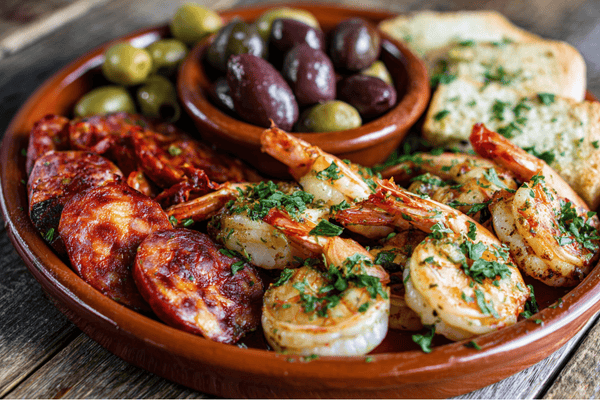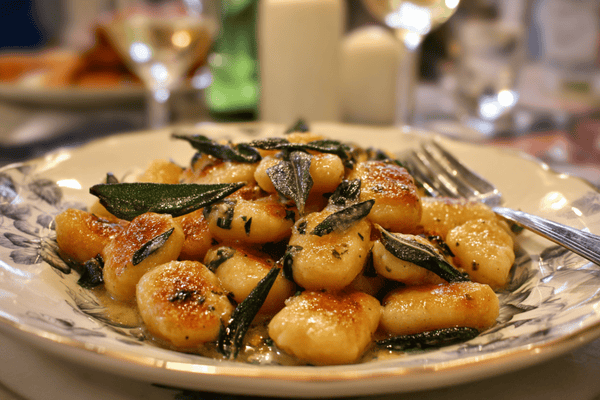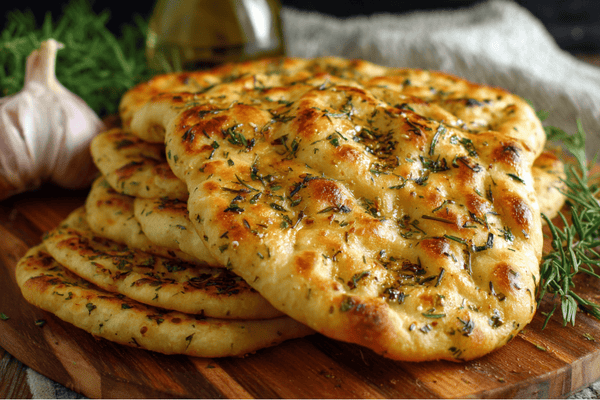
Welcome to our discussion on 12c27 steel, a high-performance steel that is commonly used in knives and other cutting tools. Developed by Sandvik, 12c27 steel is known for its excellent balance of sharpness and durability, as well as its resistance to rust and corrosion.
This steel is composed of 12% Chromium and 0.27% Carbon, which gives it its exceptional properties. In this article, we will be exploring the properties of 12c27 steel, its manufacturing process, its applications, and its future developments.
12c27 steel is an important aspect in the knife making industry, it's a premium choice for cutting tools and we will delve into its unique features and characteristics.
We hope that this discussion will provide you with a better understanding of 12c27 steel and how it is used in the world of knives and cutting tools.
Table of contents
- The properties of 12c27 steel
- The history and origin of 12c27 steel
- Manufacturing process for 12c27 steel
- Real-world applications for 12c27 steel
- The care and maintenance of 12c27 steel knives
- Comparison of 12c27 steel with other types of knife steel
- Differences between 12C27 and other Sandvik steels
- Conclusion
The properties of 12c27 steel
12c27 steel is a type of stainless steel that is commonly used in knives and other cutting tools. It is known for its excellent balance of sharpness and durability, as well as its resistance to rust and corrosion.
One of the key properties of 12c27 steel is its high carbon content, which gives it a Rockwell hardness of around 56-58 HRC. This makes it a relatively hard steel, which is important for maintaining a sharp edge on a knife or cutting tool. In comparison, other types of steel commonly used in knives, such as 420 or 440 stainless steel, have a lower carbon content and a lower Rockwell hardness of around 52-56 HRC.
Another important property of 12c27 steel is its ability to hold an edge well. This is due to its high levels of chromium and vanadium, which give it a fine grain structure and good edge retention. In comparison, other types of steel may have a coarser grain structure and may not hold an edge as well.
12c27 steel also has excellent corrosion resistance due to its high levels of chromium, which makes up around 13% of the steel's composition. This is a key property for knives and cutting tools that will be exposed to moisture or other corrosive elements. In comparison, other types of steel may have lower levels of chromium and may not have the same level of corrosion resistance.
In terms of its ability to take a fine edge, 12c27 steel is comparable to other high-end knife steels like VG-10, CTS-XHP, AUS-8, etc. However, it is not as tough as some of the high-end steels like S30V or CPM154. In conclusion, 12c27 steel is a high-performance steel that offers a unique balance of sharpness, durability, and corrosion resistance.
These properties make it an excellent choice for knives and cutting tools that will be used in demanding environments. Compared to other types of steel commonly used in knives, it holds an edge well and has excellent corrosion resistance.
The history and origin of 12c27 steel
12c27 steel was first developed by the Swedish company Sandvik Steel in the late 1970s. Sandvik is a well-known producer of high-quality stainless steel and 12c27 was developed as a superior alternative to other knife steels of that time. 12c27 is a type of martensitic stainless steel, which means it is a hardenable steel that can be heat-treated to increase its hardness and strength.
12c27 steel is a proprietary steel blend developed by Sandvik, it is not a standard steel grade. The name “12c27” refers to the steel’s chemical composition, which includes 12% chromium and 0.27% carbon. The high chromium content gives the steel its excellent corrosion resistance, while the carbon content gives it its hardness and ability to hold a sharp edge.
Sandvik first began producing and marketing 12c27 steel in the 1980s, and it quickly became a popular choice among knife makers and manufacturers. The steel's properties made it ideal for use in knives, scissors, and other cutting tools that required both sharpness and durability.
In addition to its use in knives and cutting tools, 12c27 steel has also been used in other applications such as surgical instruments, dental drills and industrial cutting tools. Due to its corrosion resistance and ability to hold an edge, 12c27 steel has also been used in applications where exposure to harsh environments is expected.
12c27 steel is still being produced by Sandvik and is widely used in knife making industry. It is considered a premium knife steel, and is often compared to other high-end knife steels like VG-10, CTS-XHP, AUS-8, etc.
Manufacturing process for 12c27 steel
The manufacturing process for 12c27 steel involves several steps, including melting, casting, hot rolling, heat-treatment, and finishing.
The first step in the process is melting, where the raw materials, including iron, chromium, and carbon, are melted together in a furnace to create a homogenous alloy. The molten steel is then cast into ingots or slabs, which are cooled and solidified.
The next step is hot rolling, where the steel ingots or slabs are heated and passed through large rollers to reduce their thickness and create a uniform thickness and shape.
The steel is then heat-treated to increase its hardness and strength. This heat-treatment process typically involves heating the steel to a specific temperature and then quenching it in oil or water to cool it rapidly. This process, known as hardening, increases the steel's hardness and strength, but also makes it more brittle.
To reduce brittleness and improve its toughness, the steel is then tempered by heating it to a lower temperature and then cooling it slowly. This process, known as tempering, improves the steel's toughness and ductility, while also reducing its brittleness.
After heat-treatment, the steel is ground and polished to achieve a smooth finish. The steel is then inspected for defects and any necessary adjustments are made to ensure a consistent quality. Then the steel is ready for manufacturing knives, scissors, or other cutting tools.
Real-world applications for 12c27 steel
12c27 steel is a popular choice for knives and other cutting tools due to its excellent balance of sharpness and durability. Some of the most common real-world applications for 12c27 steel include:

Knives: 12c27 steel is commonly used in the production of knives, including pocket knives, hunting knives, and kitchen knives. Its high carbon content and ability to hold an edge make it ideal for knives that will be used for slicing, chopping, and cutting.

Scissors: 12c27 steel is also used in the production of scissors, including hair cutting scissors, kitchen scissors, and pruning shears. Its ability to hold an edge and resistance to rust and corrosion make it an excellent choice for cutting tools that will be used for a variety of tasks.
Surgical instruments: Due to its corrosion resistance, 12c27 steel is also used in the production of surgical instruments such as scalpels, scissors, and forceps.

Industrial cutting tools: 12c27 steel is also used in the production of industrial cutting tools such as saws, drilling tools, and milling cutters. Its ability to hold an edge and resistance to rust and corrosion make it an excellent choice for cutting tools that will be used in harsh industrial environments.
Fishing gears: 12c27 steel is also used in fishing gears like hooks, lures and other fishing tools because of its corrosion resistance and ability to hold an edge.
Outdoor gears: 12c27 steel's rust resistance and ability to hold an edge make it suitable for outdoor gears like axes, hatchets, and camp knives.
Its properties make it an ideal choice for cutting tools that will be used in a variety of tasks and environments, from kitchen to surgical room, from outdoors to industrial work.
The care and maintenance of 12c27 steel knives
Proper care and maintenance are essential for keeping 12c27 steel knives and other cutting tools in top condition. Here are a few tips on how to sharpen and maintain the edge of 12c27 steel knives and tools:
- Sharpening: To keep your 12c27 steel knives and cutting tools sharp, it is important to sharpen them regularly. The best way to sharpen 12c27 steel knives is to use a sharpening stone or a honing steel, as they will give you the most precise edge. For best results, use a fine-grit sharpening stone (around 1000-3000 grit) to sharpen your knife, and then use a honing steel to realign the edge.
- Cleaning: To keep your 12c27 steel knives and cutting tools clean, it is important to wash them with soap and water after each use. Dry them thoroughly before storing them, as moisture can lead to rust and corrosion. Avoid using abrasive cleaning agents or steel wool, as they can damage the steel and dull the edge.
- Oiling: To protect your 12c27 steel knives and cutting tools from rust and corrosion, it is important to oil them on a regular basis. Use a food-grade oil, such as mineral oil, to protect the steel. Avoid using vegetable oils, as they can become rancid over time.
- Storing: To keep your 12c27 steel knives and cutting tools in top condition, it is important to store them properly. Always store them in a dry place, away from moisture. If you are storing them in a sheath or a protective cover, make sure they are clean and dry before doing so.
- Avoid abuse: Avoid using your knife or cutting tool for purposes it was not intended for, like prying, striking or twisting. These activities can cause damage to the edge, the tip or the handle of the knife.
- Professional sharpening: If you are unsure of how to sharpen your knife or if it's too damaged, consider taking it to a professional sharpener. They will be able to restore the edge and bring your knife back to a razor sharp condition.
Comparison of 12c27 steel with other types of knife steel
12c27 steel is a type of stainless steel that is commonly used in knives and other cutting tools. It is known for its excellent balance of sharpness and durability, as well as its resistance to rust and corrosion. In comparison to other types of knife steel commonly used, such as 420hc, VG-10, S30V, etc, 12c27 steel has some unique properties.
420hc is a type of stainless steel that is commonly used in knives and other cutting tools. It is known for its good edge retention and corrosion resistance, but it is generally considered to be a lower-end steel, and not as high-performance as 12c27. Its Rockwell hardness is around 56-58 HRC.
VG-10 is a type of stainless steel that is commonly used in knives and other cutting tools. It is known for its high corrosion resistance and excellent edge retention. VG-10 steel is considered a premium steel and offers similar performance to 12c27 steel. Its Rockwell hardness is around 59-60 HRC.
S30V is a type of high-performance stainless steel that is commonly used in knives and other cutting tools. It is known for its excellent edge retention and toughness. S30V steel is considered a premium steel and offers better performance than 12c27 steel in terms of edge retention and toughness, but 12c27 steel has better corrosion resistance. Its Rockwell hardness is around 59-61 HRC.
Differences between 12C27 and other Sandvik steels
12c27 steel is a proprietary steel blend developed by Sandvik, it is not a standard steel grade. However, Sandvik also produces other types of steel that have similar properties to 12c27 steel. Here are a few examples:
- 13C26 steel: This is another type of stainless steel produced by Sandvik. It has similar properties to 12c27 steel, including a high carbon content, good edge retention, and excellent corrosion resistance. However, 13C26 steel has a slightly higher carbon content than 12c27 steel, which means it is slightly harder and can hold a sharper edge, but also more brittle.
- 14C28N steel: This is another type of stainless steel produced by Sandvik. It has a similar chemical composition to 12c27 steel, but with an addition of Nitrogen. 14C28N steel has improved edge retention and corrosion resistance than 12c27 steel. It is also considered a premium steel, with a Rockwell hardness of around 59-60 HRC.
- 13C26 Sandvik steel is a knife steel that is used for high-end knives and tools. It is similar to 12c27 in that it has high corrosion resistance and good edge retention.
Conclusion
12c27 steel is a high-performance steel that offers a unique balance of sharpness, durability, and corrosion resistance. Developed by Sandvik, it is widely used in the knife making industry and is considered a premium choice for cutting tools.
We have explored the properties of 12c27 steel, its manufacturing process, its applications and its future developments. We have also compared it to other types of knife steel commonly used like 13C26, 14C28N, 420hc, VG-10, S30V and have seen that 12c27 steel offers an excellent balance of properties that make it a versatile steel suitable for many applications.
The future of 12c27 steel looks promising, with the development of new heat-treatment techniques, the increase in demand for eco-friendly materials, and the discovery of new applications, 12c27 steel will continue to be a valuable steel for knife makers and manufacturers.
We hope that this discussion has provided you with a better understanding of 12c27 steel and its importance in the knife making industry.



